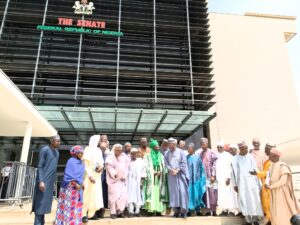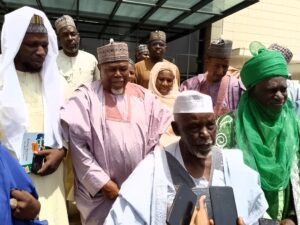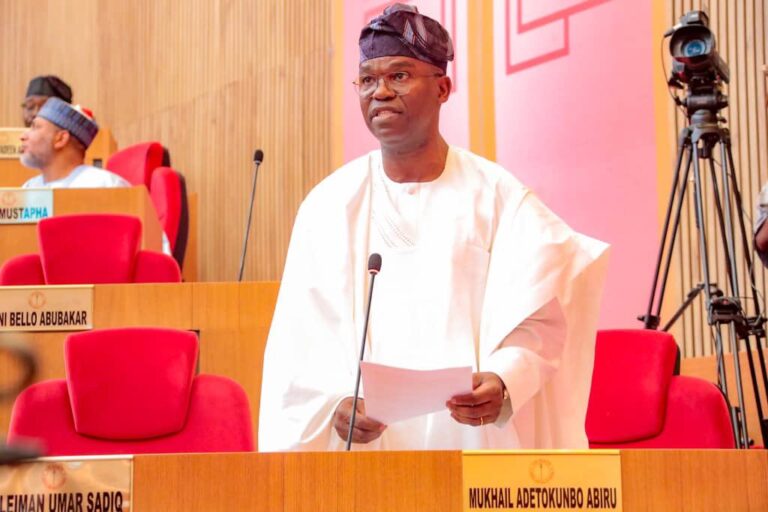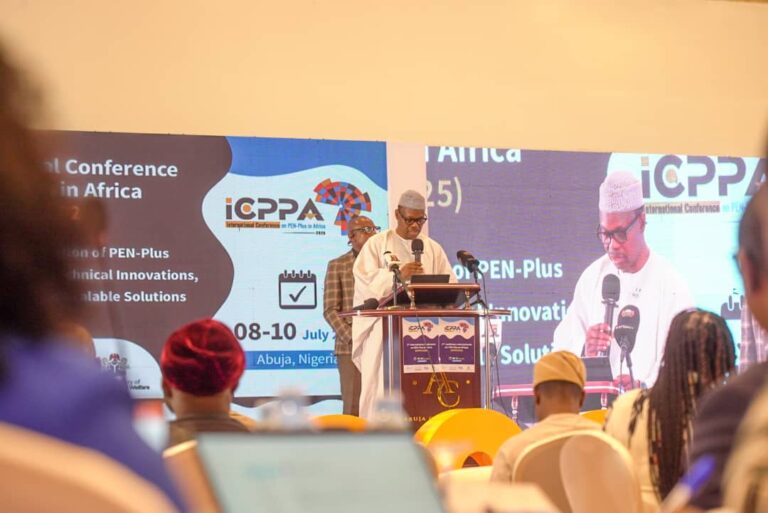
By Fatima Saka
A movement in the Northwest region of Nigeria is advocating for the creation of a new state, Hadejia State, comprising eight local government areas (LGAs): Auyo, Birniwa, Guri, Hadejia, Kafin Hausa, Kaugama, Kirikasamma, and Malam Madori.
The demand for Hadejia State dates back to 1982 when a formal request was submitted to the National Assembly in Lagos during Nigeria’s Second Republic. Over the past four decades, multiple submissions have been made—in 1982, 1991, 1994, 1996, 2009, 2021, and now in 2025. Although the request was initially accepted and endorsed for a referendum, the military coup of December 1983 halted the process.

Determined to revive the movement, Senator Abdulhamid Mallam-Madori, representing Jigawa North-East Senatorial District, led the delegation to the Senate Committee on Constitutional Review to submit a new memorandum on Tuesday in Abuja.
Justification for Hadejia State
Speaking on the need for statehood, Chairman of the Movement for the Creation of Hadejia State, Alhaji Musa Shu’aibu, emphasized that Hadejia has the potential to contribute significantly to national development.

“We believe we are highly endowed, yet our resources have not been fully harnessed. If granted statehood, we—Hadejia’s people—will efficiently utilize our resources for the benefit of our people and Nigeria at large,” he stated.
He further pointed out that in 1994, both Hadejia and Bayelsa applied for statehood with six LGAs each. While Bayelsa was granted statehood and has since expanded to eight LGAs, Hadejia remains an applicant despite now meeting the same criteria.
Economic Potential of Hadejia State
Addressing concerns about economic viability, Alhaji Shu’aibu dismissed the notion that crude oil is the sole determinant of state creation.
“Bayelsa may have crude oil, but Hadejia has multiple resources—vast arable land, water bodies, rich soil for farming, fisheries, and livestock. While Bayelsa relies on one major resource, we have several that can sustain our economy,” he explained.
Historical Context: The Creation of Jigawa State
According to the movement, the demand for Hadejia State predates the creation of Jigawa State in 1991. They allege that Hadejia was originally considered for statehood but was sidelined in favor of Jigawa due to military political maneuvering.
“The request for Hadejia and Jigawa States was made around the same time in 1991. Our information suggests that Hadejia State was initially approved with its capital in Hadejia, but ultimately, Jigawa was announced instead,” Alhaji Shu’aibu recounted.
He also noted that the military government divided Kano State’s 10 LGAs requesting Jigawa into two groups—retaining five in Kano and merging the remaining five with 16 others to form Jigawa. In 1994, several of these LGAs sought to leave Jigawa, with Hadejia proposing its own state, Gumel and Ringim requesting Lautai State, and Kazaure joining Daura to push for Bayajidda State.
Call for Fair Representation
The movement argues that the historical division of Nigeria’s regions supports their demand for state creation.
READ ALSO: Tinubu Approves Licenses for 11 New Private Universities in Nigeria
Tinubu Approves New Compliance Framework for Unregulated Mining Areas
“The old North-Eastern State has been split into six states and is still requesting more. The former North-Western State has been divided into four states, and demands for additional states persist. The same applies to the old South-Western and East-Central states.
“Given this precedent, why should the old Kano State be left with only two states (Kano and Jigawa), despite having 71 LGAs? It is evident that Kano and Jigawa qualify for additional states. We therefore urge the National Assembly to grant the current requests for Hadejia, Ghari, and Tiga States,” he said.
The movement is calling on the Senate Constitutional Review Committee to consider their long-standing demand and grant the creation of Hadejia State, ensuring fairness and balanced development across Nigeria.



